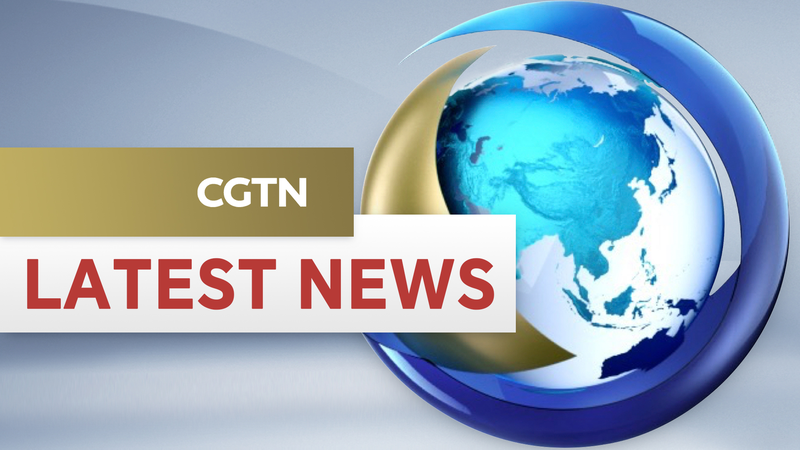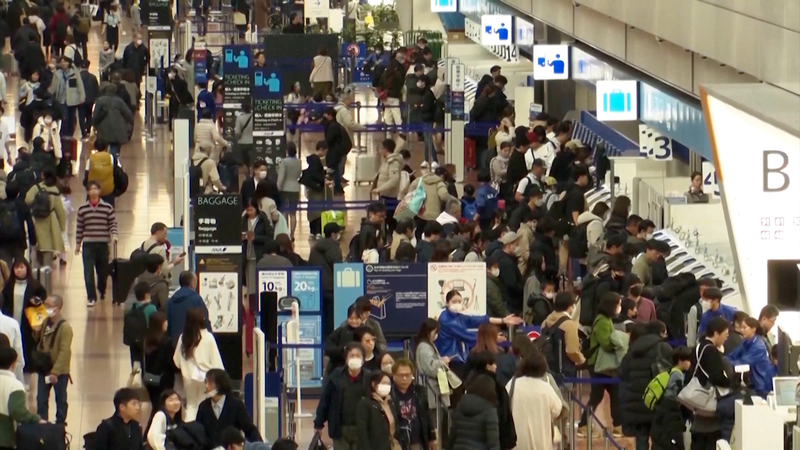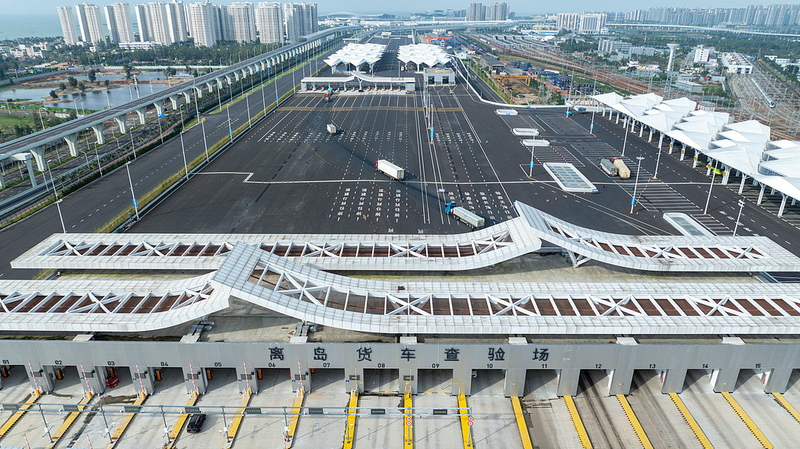In late July, Beijing and Washington met in Stockholm under the framework established by their May 2025 Geneva agreement, aiming to stabilize an increasingly bumpy trade relationship. The two sides revisited discussions held earlier in London and in Geneva, agreeing on fresh commitments to keep dialogue alive.
Key measures include a 90-day suspension—starting August 12, 2025—of 24 percentage points of additional ad valorem duties on a wide range of goods. Both nations will retain a base rate of 10 percent on affected imports while holding off further tariff hikes.
On the U.S. side, the suspension covers products originating from China, including those from the Hong Kong Special Administrative Region and the Macao Special Administrative Region, under Executive Order 14257. From Beijing’s end, similar relief applies to U.S. goods defined in the Customs Tariff Commission’s Announcement No. 4 of 2025.
Beyond tariffs, China also committed to maintaining or lifting agreed non-tariff countermeasures against U.S. imports. This step echoes the spirit of the Geneva Joint Statement, which first forged this temporary detente in May.
“Continuity and predictability are key to global economic recovery,” said He Lifeng, Vice Premier of the State Council, representing China. U.S. participants Scott Bessent, Secretary of Treasury, and United States Trade Representative Jamieson Greer emphasized that these measures will buy time for deeper talks on long-term structural issues.
Analysts say the 90-day window could provide breathing room for companies facing uncertainty and help global supply chains recalibrate. With both sides retaining a 10 percent tariff, the pact balances immediate relief with a reminder that broader disagreements remain on intellectual property, technology transfer, and market access.
As the August deadline approaches, businesses, investors, and observers will watch closely to see if this diplomatic rhythm can pave the way for a more stable trade relationship between two of the world’s largest economies.
Reference(s):
Joint statement on China-U.S. Economic and Trade Meeting in Stockholm
cgtn.com




